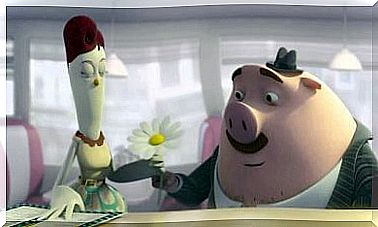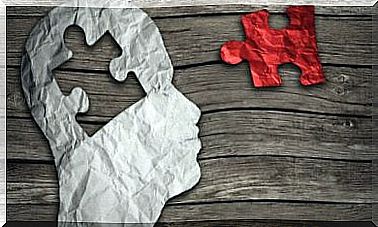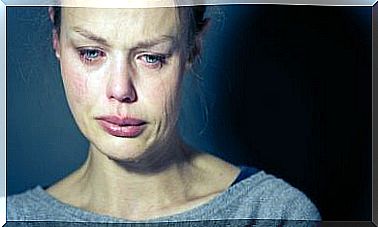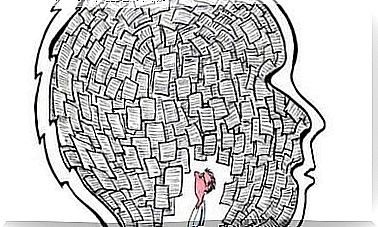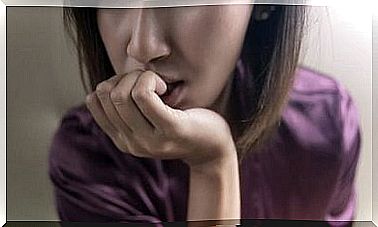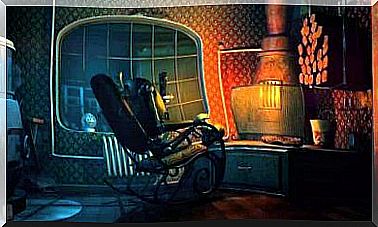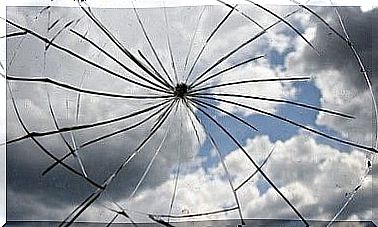Disintegrative Disorder In Childhood
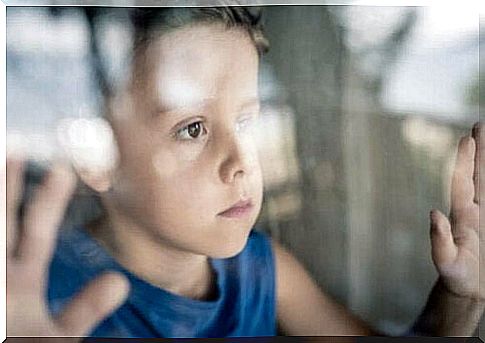
A disintegrative disorder in childhood is more likely to rare. When present, however, it leads to a significant loss of skills in children between the ages of two and ten years. This disease is also known as Heller’s syndrome, Heller’s dementia, infantile dementia, symbiotic psychosis or disintegrative psychosis.
So far it has been listed in the DSM-IV-TR together with Autism Spectrum Disorder, Rett Syndrome and Asperger’s Syndrome as part of common developmental disorders . However, it is no longer included in the updated version of the DSM-5 . Therefore, Heller syndrome is now only diagnosed as such by doctors if the criteria for an autism spectrum disorder also as “autism spectrum disorder in connection with a known medical condition” (Childhood Disintegrative Disorder) are met.
In today’s article you will learn which symptoms can be used to detect disintegrative disorder in children, how doctors diagnose them, what causes it and which treatments are best for these children.
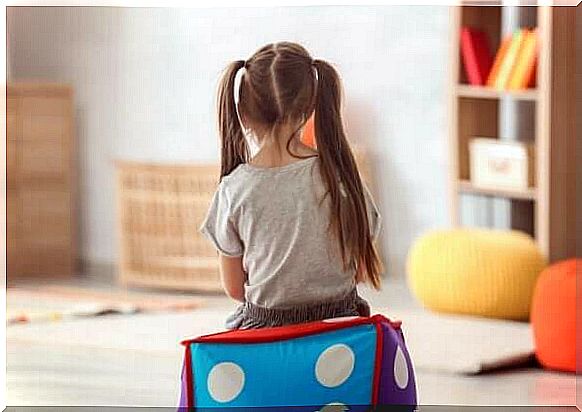
Some information about the story
In about 1905, the Italian physician, psychologist, and psychiatrist Sante de Sanctis (1862-1953) described a clinical picture that resembled disintegrative disorder in children. He created the category of early dementia, in which he grouped various disorders whose common symptom was mental retardation.
Later, in 1908, the Austrian curative educator Theodor Heller described several cases of disintegrative psychosis. This condition set in around the age of four, after which the child had developed normally. Therefore, the disintegrative disorder in childhood is also known as Heller syndrome.
The term “symbiotic psychosis” goes back to Margaret Mahler, who emphasized the relevance of constitutional factors in a type of child psychosis between the ages of three and six years. She referred to this disorder as symbiotic psychosis.
Disintegrative Disorder in Childhood: The Diagnosis
As we mentioned earlier, this disorder has been removed from the list of medical conditions in DSM-5 . For Autism Spectrum Disorder (ASD), however, there is a specification “in association with a known medical condition”. This allows the diagnosis of ASD (if a child meets the diagnostic criteria) along with the disintegrative disorder in childhood.
The DSM-IV-TR listed the diagnostic criteria for the disintegrative disorder. Apparently the child develops quite normally in the first two years of life. This normal development manifests itself through the presence of communication skills, social relationships, gaming behavior and age-related adaptive behavior.
In at least two of the following areas, however, there is a significant loss of skills that the child acquired from the age of 2 and before the age of 10:
- First of all, the ability to use expressive and receptive language
- Social skills or adaptive behavior
- Bowel or bladder control
- Childlike play
- Motor skills
In addition, changes in two of the following areas must be observable. These correspond to the changes characteristic of ASD: qualitative changes in social interaction and communication or repetitive and stereotypical patterns of behavior, interests and activities.
Furthermore , when making a diagnosis, it must be ensured that these symptoms cannot be explained more plausibly by the existence of other pervasive developmental disorders or by the presence of schizophrenia. This is one of the prerequisites for diagnosing disintegrative disorder in childhood.
Disintegrative Disorder in Childhood: The Symptoms
- Loss of language-related skills. A child loses acquired vocabulary and the ability to communicate with others, including receptive skills.
- Problems in social relationships and adaptive behavior. Interaction with peers and the family is reduced, which drives the children into isolation. This is due to a complete disinterest in the environment.
- Loss of motor skills. Children develop problems with gross motor skills, such as running (or, in more severe cases, running). This usually manifests itself together with clear difficulties in fine motor skills (grasping objects with the hand).
- In addition, the children cannot control their bowels or bladder. Usually, bowel and bladder control is learned between the ages of two and four. However, children with disintegrative disorder usually lose this ability.
- Qualitative change in social interaction, which can manifest itself in deficits in non-verbal communication, the inability to establish social relationships, or a lack of social or emotional reciprocity, etc.
- Stereotypical behavior and restricted interests, such as rigid adherence to certain routines, intolerance to change, motor mannerisms and stereotypes, and unusual interests and preferences (e.g. a preference for the edges of objects rather than interest in the object itself).

Causes and Treatment of This Disorder
The etiology (i.e. the origin) of the disintegrative disorder in childhood is not entirely clear. The specific mechanisms still need to be researched. However, there are a few possible causes for this disorder to occur, such as central nervous system injuries during development and the occurrence of some neurological diseases such as tuberculosis. However, there is currently no evidence of this.
As we mentioned earlier, childhood disintegrative disorder is a rare disorder that is more common in boys and cannot be cured. However, there are certain treatments that can improve these children’s health and quality of life, and develop the skills they may have retained.
Interventions
These are usually multidisciplinary:
- Pharmacotherapy can help reduce stereotypical behaviors (in many cases self-inflicted) and the symptoms of other comorbid disorders.
- In addition, nutritional therapy guarantees the supply of nutrients to the children and this is important as the children concerned often have problems chewing and swallowing food.
- Behavioral therapy helps reduce undesirable behaviors such as stereotypes and improve retained skills. As a result, a child may actually re-develop a lost ability in some cases.
- Usually, medical and behavioral treatment is complemented by alternative therapies. Since music and equine therapy have proven beneficial, they are widely used. Not only for children with disintegrative disorder in childhood, but also for children who suffer from other neurodevelopmental disorders.
By definition, these symptoms appear between the ages of two and ten years. They can appear abrupt or insidious and be accompanied by prodromal symptoms such as irritability, hyperactivity, anxiety, or small impairments in some skills.
Once the disorder becomes established, the children can make some small improvements. However, the social, communicative and behavioral deficits persist throughout the life of those affected. Therefore, any treatment that improves the symptoms and quality of life of these children, no matter how small, is definitely very helpful.
